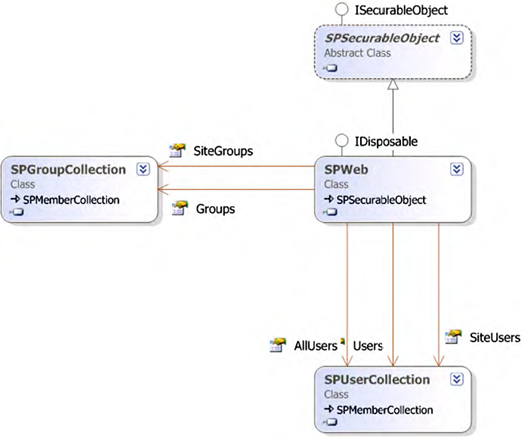This exam was a bit easier than the 70-489 exam. It really tested the fundamentals of my knowledge as a SharePoint developer. I was a bit surprised that I did so well on the SharePoint Apps topic. PluralSight has next to nothing on the topic and the only study source that I had was Pro SharePoint 2013 App Development by Steve Wright. That says a lot about the content of his book.
Here is the overall breakdown of my score, an 805 out of 1000.
I scored best on the Access and Manage Data objective, which makes me feel good about the work I've been doing and the effort I have put into my studies as that is the focus of what I've been doing professionally for the past three years now.
What resources did I find the most helpful?
Above all, it was Andrew Conell’s PluralSight courses on SharePoint 2013 development, Stephane Eysken’s series of videos on SharePoint ALM, and Steve Wright’s book on SharePoint Apps. These really helped me get back to the basics of SharePoint development that I had kind of neglected. Regrettably, I think the MVA for this exam was a bit of a waste of time. I got far more out of the SharePoint developer ramp up on PluralSight. Of course, Inside Microsoft SharePoint 2013 is essential, especially for developers who might be transitioning from MOSS 2007 rather than SharePoint 2010. And if you are new to SharePoint as a platform, then you should also pick up the SharePoint 2013 Developer Reference. The best advice I can give you is make sure you know the nuts and bolts of what wizards or designers in Visual Studio are doing, make sure you have a firm understanding of SharePoint administration (all SharePoint devs are SharePoint admins by default), and if you don’t know PowerShell, you don’t know nuttin’!



